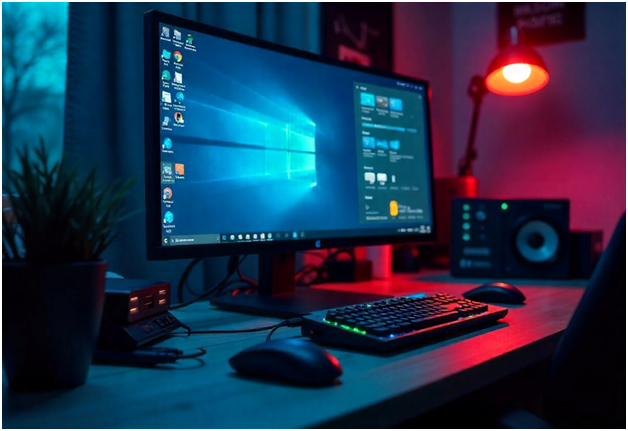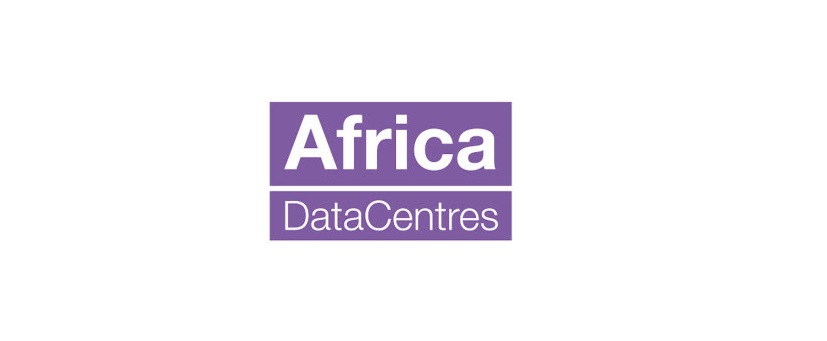Although computers are some of the most useful technologies we have now, they can still have parts that wear out and memory that gets full. Computers are no different from any other technology in that these two things can hurt it. A PC can become slow after being used for a while. The boot time, or the time it takes to start up your laptop after shutting down, is one place where you may notice this change.
It’s annoying when you just want to quickly check something in your web browser while Windows is updating. You can prevent this by stopping the installation of updates for a short time. You can also use a timer or the network to start the PC. When you need it, it will be ready. This guide will help you understand the boot process and make some smart changes that will make your PC’s boot time much faster. Are you ready to rewind the time and make your computer run better? Let’s get started.
Methods To Speedup Your Windows Device’s Startup
Below we have shared several techniques that you can utilize to make your computer faster without using the PC cleaner and optimizer tools.
Method 1: Replace HDD With SSD
Traditional hard drives (HDDs) could be sluggish, particularly during booting due to their moving elements. The Solid State Drive (SSD) is now in play. Think about how much faster it is to obtain information from a tablet (SSD) than it is from a book (HDD). Your computer will start up much quicker with an SSD since there are no moving components, which means data can be accessed much faster.
Transforming your system from an HDD to an SSD may be a game-changer. The boot time is just one aspect. Improving the speed of your computer may improve every facet of your experience, from opening programs to transferring files. Moving on is less difficult than you would imagine. You may either install a new hard disk drive (HDD) or use one of the many M.2 slots found in modern laptops. Before you make the change, ensure sure you have a backup of your data.
Method 2: Disable Unwanted Startup Programs
Newly installed applications can configure themselves to run upon system startup. Not every situation calls for this. It takes more time for your computer to become usable when more apps run at boot. Many of these apps may not even be on your radar every day.
Thanks to Microsoft, controlling these starting apps is a breeze with Windows. Launch Task Manager and go to the Startup tab. All of the applications that start up when you turn on your computer are listed here. With a simple right-click, you may deactivate any unnecessary programs. Comparable to organizing your closet, you’ll be amazed at how many things you don’t need when you do this.
Method 3: Keep Your Windows OS Updated
Updating your computer may be a pain, but it’s essential for its longevity. Regularly, Microsoft publishes updates that correct problems, boost security, and improve system performance. A slow, vulnerable, and prone to booting problems system is the result of being out of date.
Make sure that your system will check for updates automatically. To access the Advanced System Settings, go to the Control Panel. Be careful to turn on automatic updates under the “Windows Update” section. Always keep in mind that the upgrades aren’t only feature updates; they’re also improvements to efficiency and security.
Method 4: Clean Or Remove Junk Files
The same logic that applies to your computer also applies to a messy room: it will take more time to locate your keys. Faster boot times and more efficient operations are the results of a clean and ordered system. Slower startup times are a common result of accumulated files that are no longer needed, which may eat up precious disk space.
Method 5: Upgrade Your RAM
System boot and general operating speed are heavily dependent on RAM (Random Access Memory). It is a location on your computer where data is temporarily stored for easy access. Even while software optimizations may have a huge impact, hardware changes can occasionally provide the most noticeable speed gains. If you’ve exhausted all optimization options and are still seeking improved performance, it may be worth considering the hardware components of your PC.








